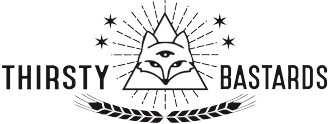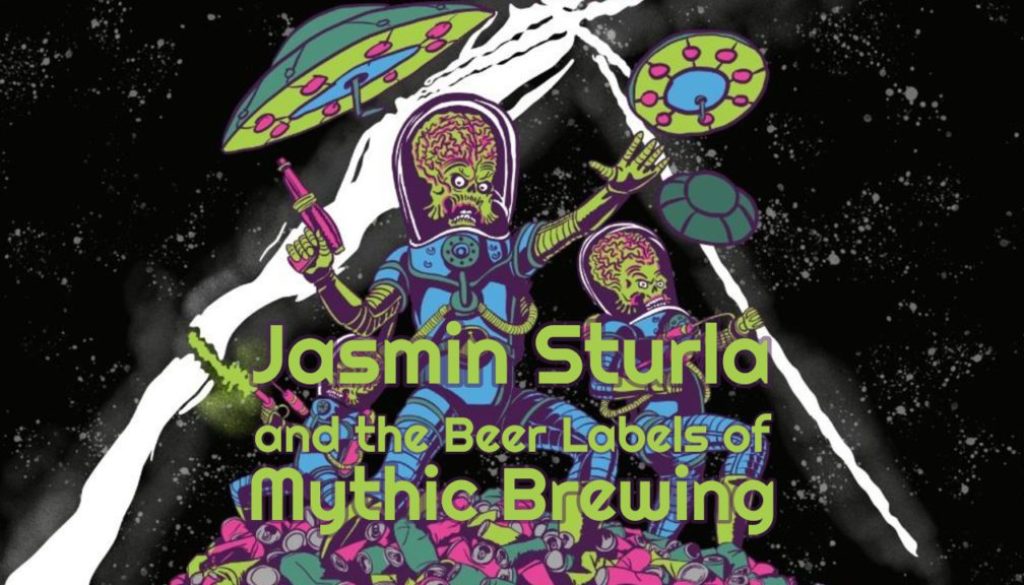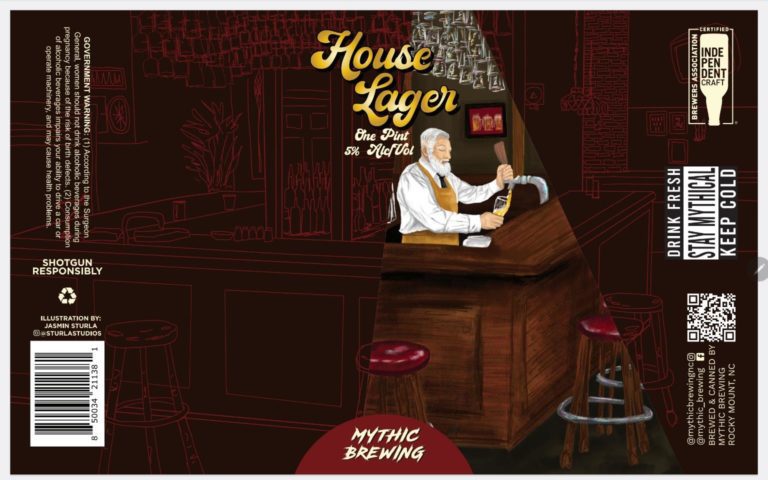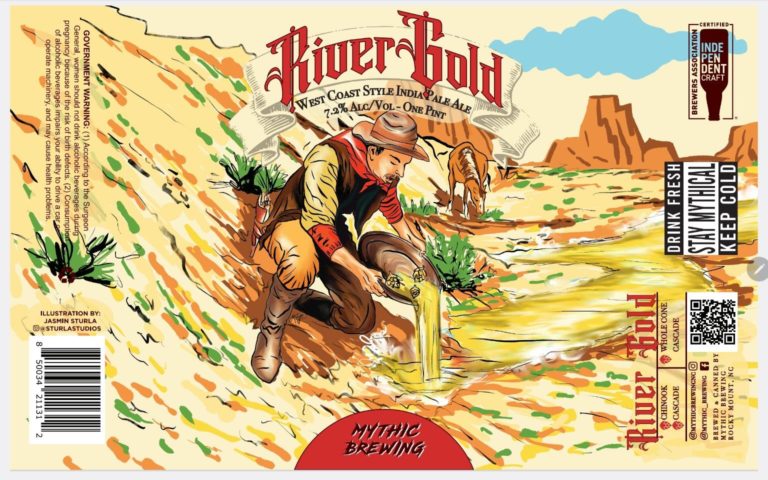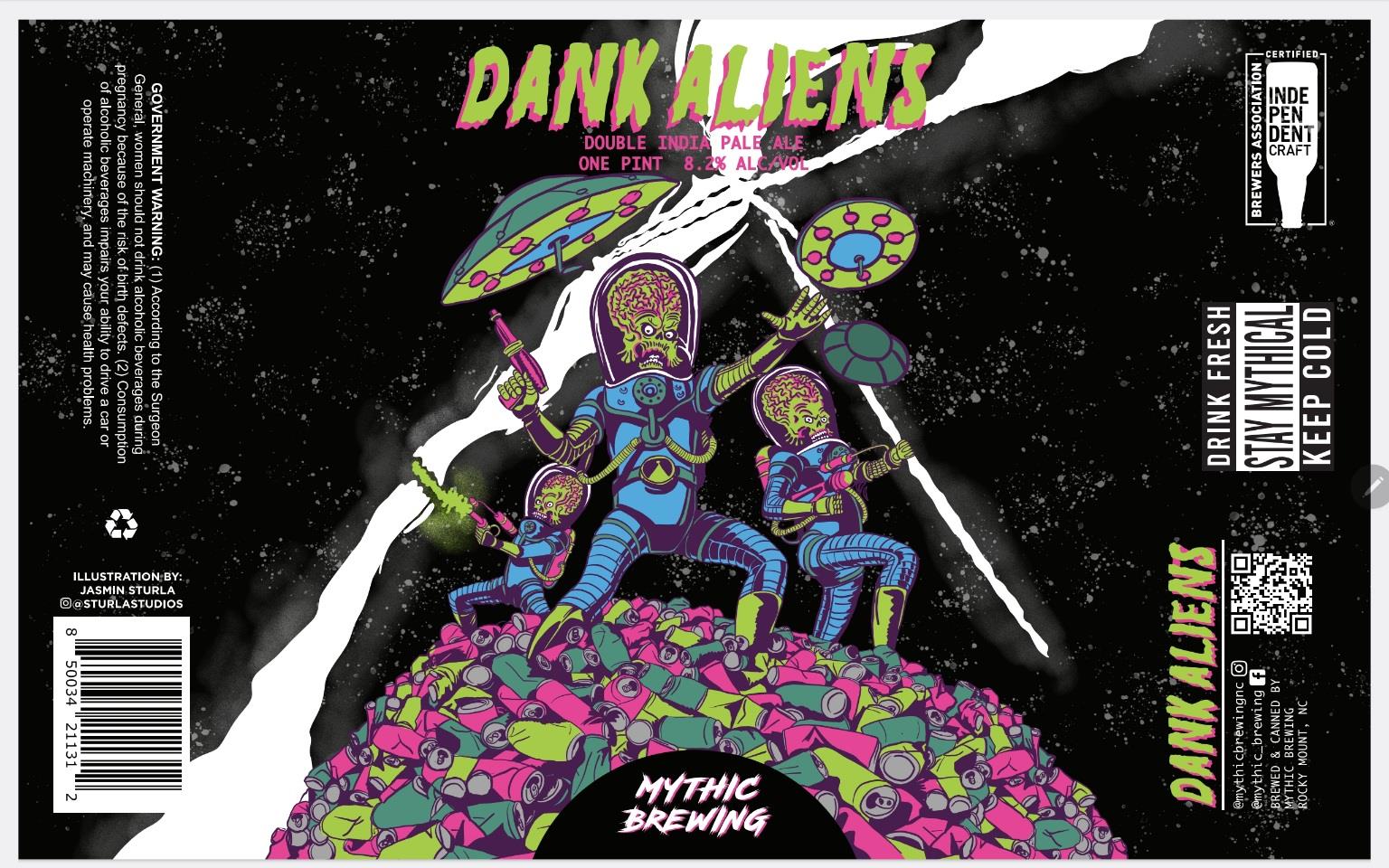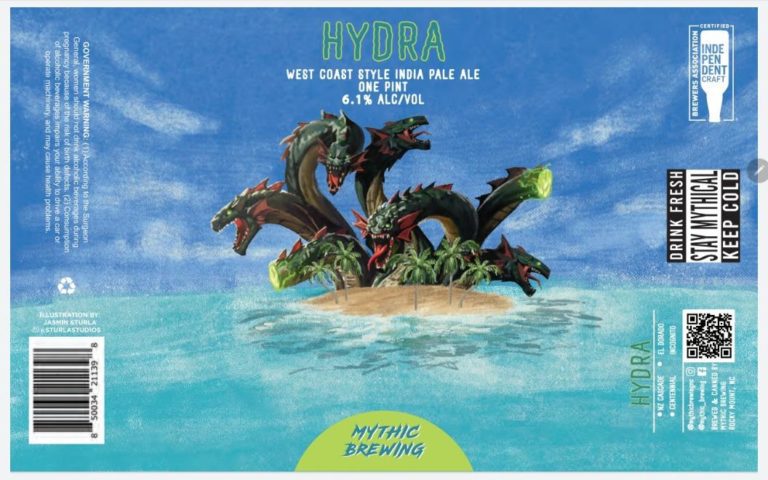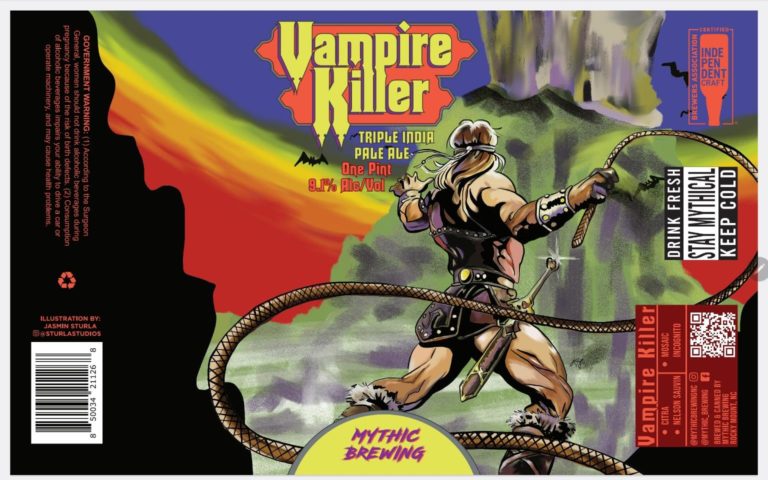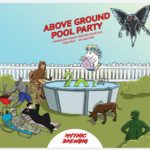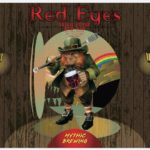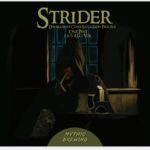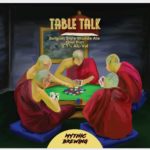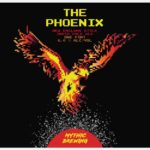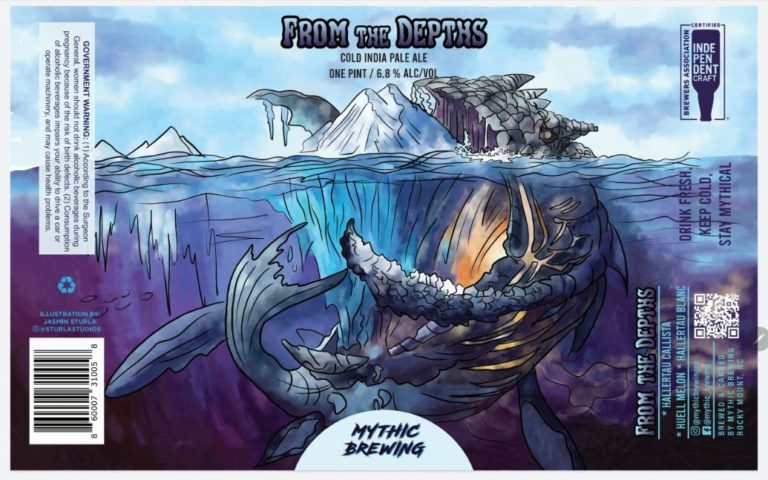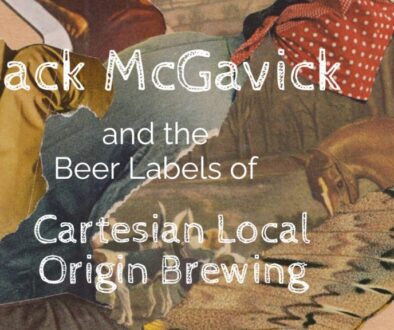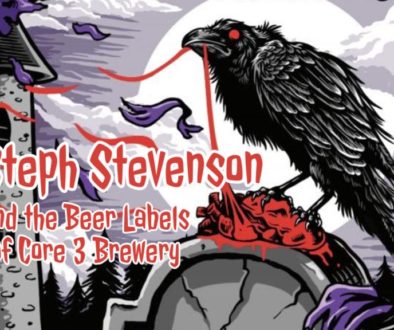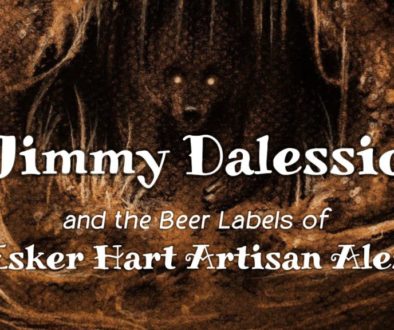For Jasmin Sturla, the creation of beer labels is not just about Mythic Brewing’s branding and design – it’s about evoking emotions and creating unique art pieces. She thrives on the exhilaration of stepping outside of her comfort zone to see where her imagination takes her. Let’s delve deeper into Jasmin’s process and she merges her merchandising and design experience with her passion for art to push the boundaries of creativity and create visually stunning beer labels.
Thirsty Bastards: My favorite label you’ve done is “House Lager”. Can you tell me the story behind its conception?
Jasmin Sturla: This is one of my favorites as well! It was actually inspired by the bar from the tv show “Cheers”. I knew I wanted to draw something beyond just a realistic bar with a bartender, so I decided on the spotlight as a way to show two different art styles within one label. So where the light shines you gets more realism, but in the shadows you get this sketchy subtle outline of a bar.
TB: What is your favorite label you’ve done so far for Mythic Brewing and why?
JS: I feel like every time I draw up a new label, it’s my new favorite! This question is always so difficult! Dank Aliens is probably my favorite “character inspired” label. River Gold is my favorite recent label, which is a West Coast style IPA. I love this art style and thought incorporating “golden hops” in a golden river was a fun way to combine mining elements with beer!
TB: How did you get started making labels for Mythic Brewing?
JS: I actually went to high school with Chazz Oesch, one of the owners. He knew I had a background in digital art and design, and had seen some of my art commissions, so he asked if I would be interested in drawing up some labels for them. It kind of took off from that first label (Jumbie Juice!) when Mythic Brewing used to be “BDD”. It’s been really fun and I feel really honored to have watched them grow so much over the years.
Chazz Oesch: Jasmin posted during the lockdown that she needed some freelance work. At the time, we had been focused on kegs solely and didn’t do a lot of packaging. So it kind of lined up perfectly.
She’s a fantastic artist already, but I think her true strength is seeing what I’m visualizing and absolutely nailing it. I give her vague ideas, sometimes so vague where it’s barely an idea at all and she draws up what I’m picturing in my head. Sometimes the stars align and you are gifted a perfect situation, and her falling into our laps, seemingly randomly, has been the perfect situation.
We have been told by many many people that our can art sets us apart and we have some of the best art in the state and we have Jasmin to thank for that. She’s an integral part of our team and our brand and we are very lucky to have her on board.
TB: You’ve got a wide range of styles to the labels you’ve done for Mythic. What do you attribute this to?
JS: Honestly I just love to learn new skills and ways of creating art/drawing. So sometimes I like to explore outside of my usual art style when I create a new label. Keeps things interesting and the label art becomes individualistic in its own right. I like to keep a main label template for branding purposes and then explore creative freedom to create something that will pop off the shelves and evoke some sort of emotion from the consumer! Many of my prior jobs, I was required to design 5,000+ SKUs a year (sometimes season) and each had to have a reason for being. I do kind of take this methodology of merchandising and design into consideration when I draw up a beer label for Mythic!
TB: Where are you from and where did you learn to be an artist?
JS: I was born in England, but moved to the US when I was a child. I still have really strong roots in England and I visit quite often. My parents always say I started drawing as soon as I could hold a pencil. My grandma was always very creative, so I like to think her talent rubbed off on me a little! She was always sewing or painting watercolors, or creating art in a more abstract way, like gardening. I have really fond memories drawing with her. Being an artist is definitely something that is continuously evolving! You could argue that any one who creates is an artist in their own right.
TB: Can you tell me a bit about your process? Are you all digital? Traditional? Mix of both?
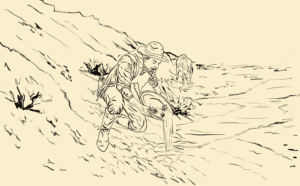
TB: What other art do you make?
JS: I am actually a freelance digital artist and fashion/accessory designer, so most of my art I do is designing graphics and tech design for socks, shoes and apparel. Aside from fashion design, I love to draw digital art for personal projects and for others. I design things such as logos, podcast covers, book covers, etc. When I’m not working in digital art, I do like to paint and draw with pen and ink.
TB: How can your fans find you and your work? Can they buy your art?
JS: They can check out some of my work on instagram as well as facebook. I do post original art on there for sale sometimes, but also take commissions as well. I am happy to take on a variety of projects!
TB: Optional Question: How has AI image generation affected your process?
JS: When AI was starting to be thrown around as a buzzword, I actually did play with the generation tools to see what they can do. One of my labels, “They All Become Blueberries”, I figured why not see what the generation tool would spit out for me. Although the actual art generation looked terrible (and the oompa loompas were terrifying), I was able to pull some colors and spark a bit of inspiration from that alone. So I don’t think it’s all bad, it’s just a matter of how you use it. It’s not going anywhere, so why not embrace it as much as possible and use it as a tool for your advantage. I can really just see an issue when people start to claim AI generated images as their own.
